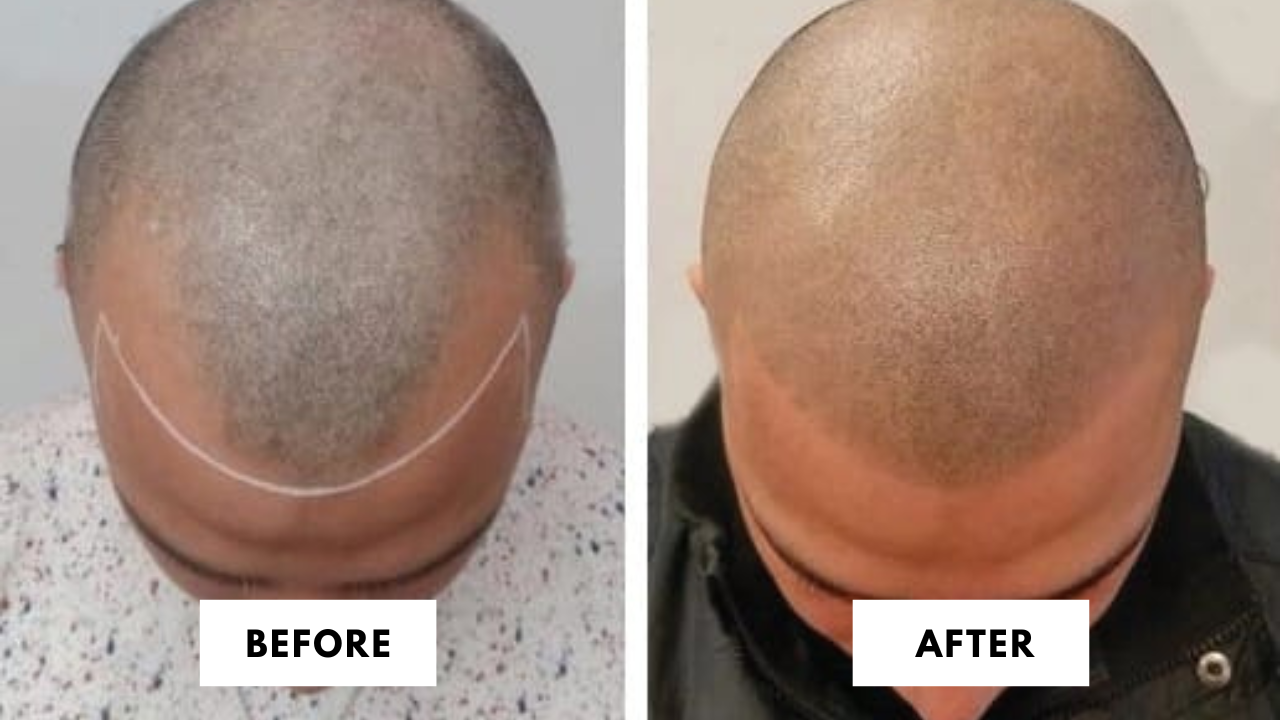
Alopecia is a disease that affects the hair follicle and causes hair loss, resulting in baldness or depopulation in areas where there should be hair, such as the area of the head and scalp.
In the past it was more evident and almost exclusive to men, but currently it also affects a large part of the female population and can be caused by various reasons.
Androgenic Alopecia
It will depend on the genetic load of the person who suffers from it. Although it may seem that in quite young people it is more common after the age of 40 and more frequently in men. Where it is most accentuated is on the front, entrances and vertex (crown). The hair becomes thinner and thinner until it practically atrophies.
Post-menopausal alopecia
Another cause that affects many women is post-menopausal alopecia, where we can also appreciate accentuated hair loss, leaving the scalp area very depopulated.
Acquired Alopecia
We also find an acquired alopecia that can be caused by: certain chemical products, postpartum, anemia, diabetes, cancer, malnutrition or very severe diets, stress, etc… In this case, if the usual daily drop is between 120 and 140 hair in this type of alopecia we find that they multiply and this is what begins to give us that empty appearance
Alopecia areata
It is another type of alopecia (an autoimmune problem) that can appear even in children. The root of its cause is unknown and although most hair loss occurs on the scalp, it can also be seen on the beard, eyebrows, arms and legs.
How can Alopecia be prevented or treated?
Obviously one of the main factors that we must follow in our daily lives are:
- A healthy and balanced diet
- Avoid stress as much as possible
Externally we can count on minoxidil as a topical product to help stop this fall.
Another very common product as a drug is Finasteride (which many doctors recommend) orally and for long-term use.
A very current treatment that is gaining ground for being topical, but very effective, is the application of stem cells through very fine needles in the scalp.

